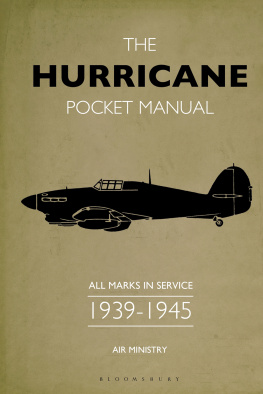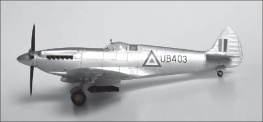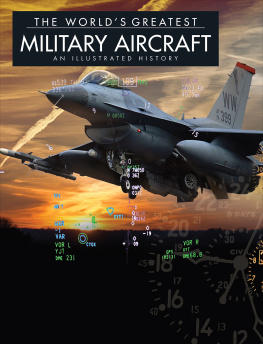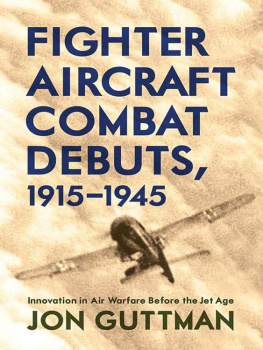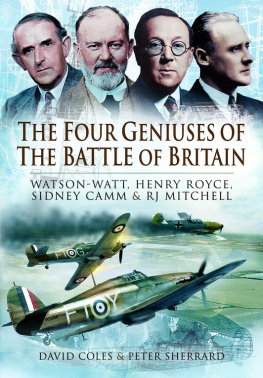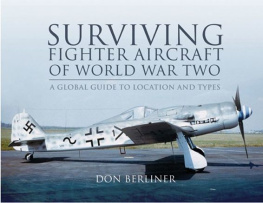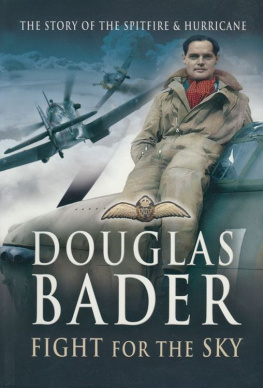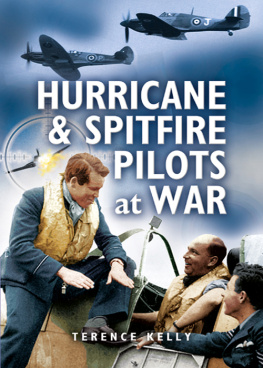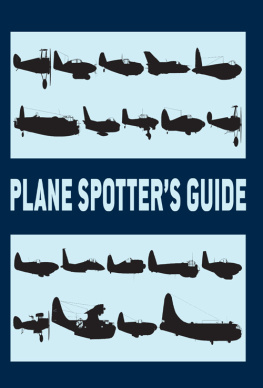Learn more about Fonthill Media. Join our mailing list to find out about our latest titles and special offers at:
www.fonthillmedia.com
Fonthill Media Limited
Fonthill Media LLC
www.fonthillmedia.com
First published in the United Kingdom and the United States of America 2014
Copyright Paul R. Hare 2014
ISBN 9781781551974
The right of Paul R. Hare to be identified as the author of this work has been asserted by him in accordance with the Copyright, Designs and Patents Act 1988
All rights reserved. No part of this publication may be reproduced, stored in a retrieval system or transmitted in any form or by any means, electronic, mechanical, photocopying, recording or otherwise, without prior permission in writing from Fonthill Media Limited
Typeset in 10.5 pt on 13pt Sabon LT
Printed in England
Contents
Introduction
Almost everyone can name two British fighter aircraft from the First World Warthe Royal Aircraft Factory S.E.5a and Sopwith Cameldesigns which have often been called the Spitfire and Hurricane of that war. Aviation enthusiasts could probably go on to add the names of the Camels predecessors such as the Sopwith Pup and Triplane, and its successors, the Snipe and Dolphin. They might also recite the French-designed Nieuport and SPAD, which also served with British forces; however, there were other fighters that saw action with the RFC, RNAS and RAF. Some were never intended to fight, but were hastily armed and pressed into service in a role their creators had failed to envisage. Some served in small numbers and away from the Western Front, but all made a vital contribution to winning the war. These forgotten aircraft and the brave young men that flew them in anger deserve to be remembered as are the famous aces in their well-known machines.
This is the story of those fighting aeroplanes whose names few people can recall, the now forgotten fighters of the First World War. They fall into three distinct groups: those that were designed as high-performance, unarmed reconnaissance machines; fighters whose field of fire was considered more important than performance; and adequate fighting aircraft that lacked that certain something to make a great aerial opponent. For these forgotten fighters were all good aeroplanes, but were in some way flawed that prevented them being classed as great fighting aircraft.
The aeroplane was only adopted by the military a few years before the outbreak of the First World War in 1914, principally for reconnaissance. At the time, aerial fighting was an unknown quantity, although it was clearly being considered as Flight magazine explained in its 14 February 1914 edition:
There are two schools of thought regarding fighting in the air. The one holds that if an aeroplane is to fight, it must carry a passenger, gun and ammunition. It will be so large and heavy that it will be slow, also it will lack any means of intercommunication necessary for combined action and it will be unable to come within range of a fast scout. The latter will come, get its information, and go, unmolested. It would appear that, for a time at all events, the fast scout will have the advantage. It depends largely on the number of fighting machines available. The other view is that fighting in the air must occur if results are to be obtained. Given that one side has sufficient fighting machines, it should be impossible for an unarmed scout to approach the point where it desires to glean information.

Never forgotten! The Sopwith Camel was the highest scoring British fighter of the First World War.

The Royal Aircraft Factory S.E.5a that was flown by Britains highest scoring aces, including Mannock, Bishop and McCudden.
The RFC appears to have embraced both views and added to its growing fleet of general purpose aeroplanes a number of fast scouting machines. It was therefore hoped that these aircraft could evade enemy scouts as well as gather information vital to British operations. Also, it was anticipated that the armed aeroplanes would be able to protect unarmed machines as they went about their business.
Royal Navy pilots shared the view that armed aeroplanes were essential, Lt Clark-Hall writing in early 1914:

Typical of the RFCs vulnerable two-seat general purpose aeroplanes was the Royal Aircraft Factorys B.E.2c that was built in large numbers by various contractors before the need to adequately arm such machines became apparent.
Machine-gun aeroplanes are (or will be) required to drive off enemy machines approaching our ports with the intention of obtaining information, or attacking with bombs, our magazines, oil tanks or dock yards I would strongly advocate having, by the end of 1914, at each of our home ports and important bases at least two aeroplanes mounting machine guns for the sole purpose of beating off or destroying attacking enemy machines.
With the introduction of the Fokker monoplane fighter in the summer of 1915, the Germans gained ascendancy in the air. This was not due to the type possessing a significant advance in design or performance, but simply because it was effectively armed with a forward-firing machine gun mounted in front of the pilot and synchronised to fire past the blades of the spinning propeller. By the end of 1915, these had been grouped to form fighter units to attack Allied aeroplanes. So bad did the situation become that in January 1916, the RFC issued a general order stating that:
until the Royal Flying Corps are in possession of a machine as good as, or better than, the German Fokker It must be laid down as a hard and fast rule that a machine proceeding on reconnaissance must be escorted by at least three other fighting machines.

The Fokker Eindecker whose forward-firing machine gun created havoc when it was introduced on the Western Front in the summer of 1915.
At first, one or two armed aeroplanes were issued to RFC squadrons for escort duties. However, it was not until March 1916 that it was decided that these should be grouped together in specialist squadrons. This move, together with the introduction of newer designs, allowed the RFC to regain some measure of control in the skies over the Western Front and allow reconnaissance and bombing machines to carry out their duties without undue risk of attack. The fighters would patrol behind enemy lines, beyond the area in which the slower machines were working, and drive off enemy aircraft before they could shoot them down. At the same time, they would prevent enemy aircraft crossing the lines to carry out their own missions. Air fighting was carried out only to render the work of Army co-operation and reconnaissance machines possible while attempting to prevent similar activities by the enemy.
CHAPTER 1



